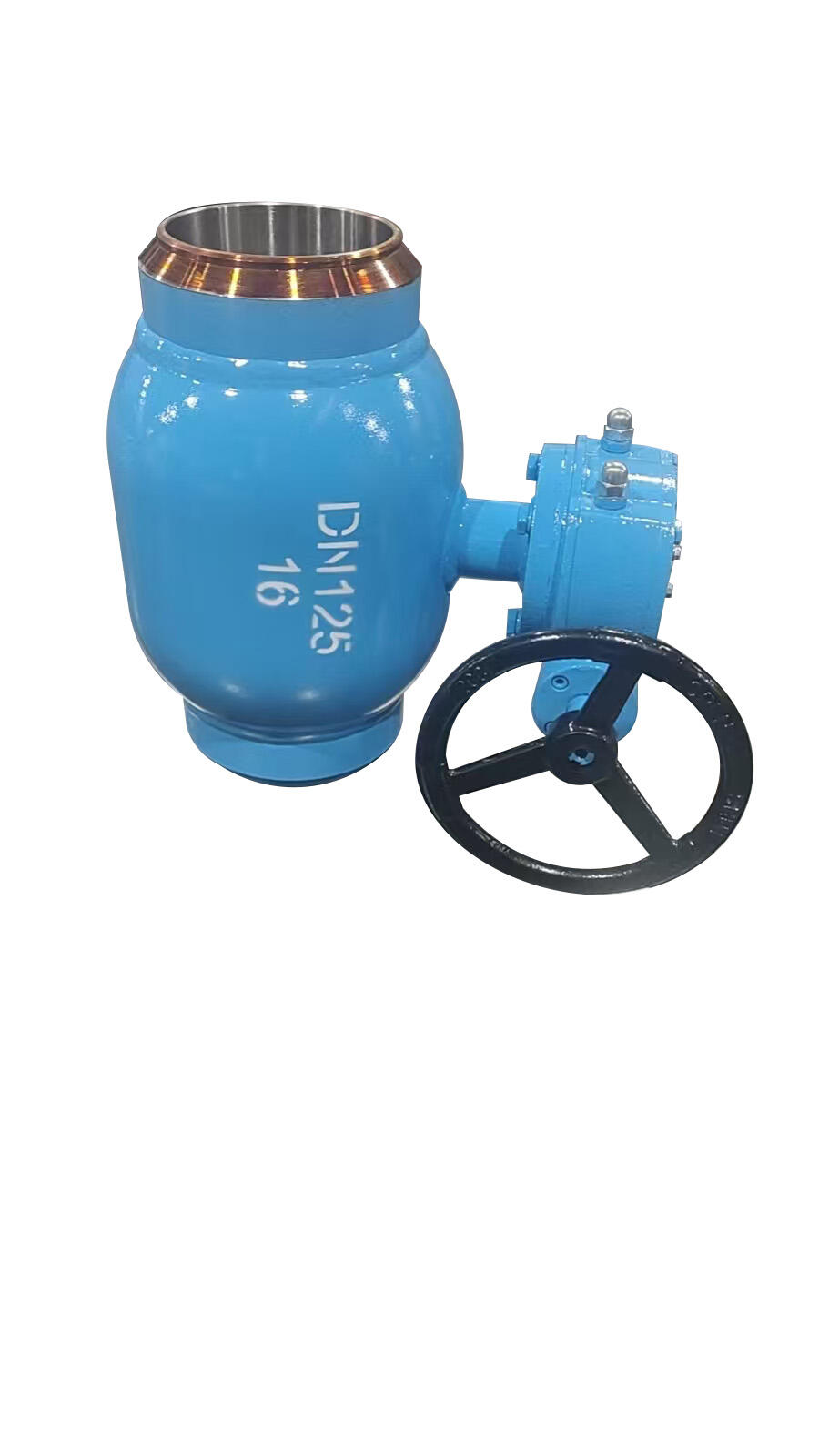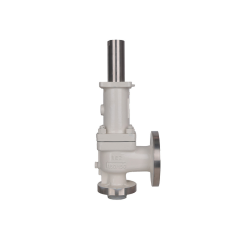safety valve sizing
Safety valve sizing is a critical engineering process that ensures the proper selection and dimensioning of pressure relief devices in industrial systems. This sophisticated calculation process involves determining the optimal valve specifications to protect equipment and personnel from potentially hazardous overpressure situations. The sizing methodology takes into account multiple factors including required flow rate, operating pressure, set pressure, allowable overpressure, and fluid properties. Engineers utilize specific mathematical formulas and industry standards, such as those established by ASME and API, to calculate the necessary discharge area and select appropriate valve specifications. The process considers both liquid and gas applications, incorporating factors such as fluid viscosity, temperature, and critical flow conditions. Modern safety valve sizing often employs advanced computational tools and software that streamline calculations while ensuring compliance with regulatory requirements. This technical process is essential across various industries, including oil and gas, chemical processing, power generation, and pharmaceutical manufacturing, where precise pressure control is paramount for operational safety and efficiency.


